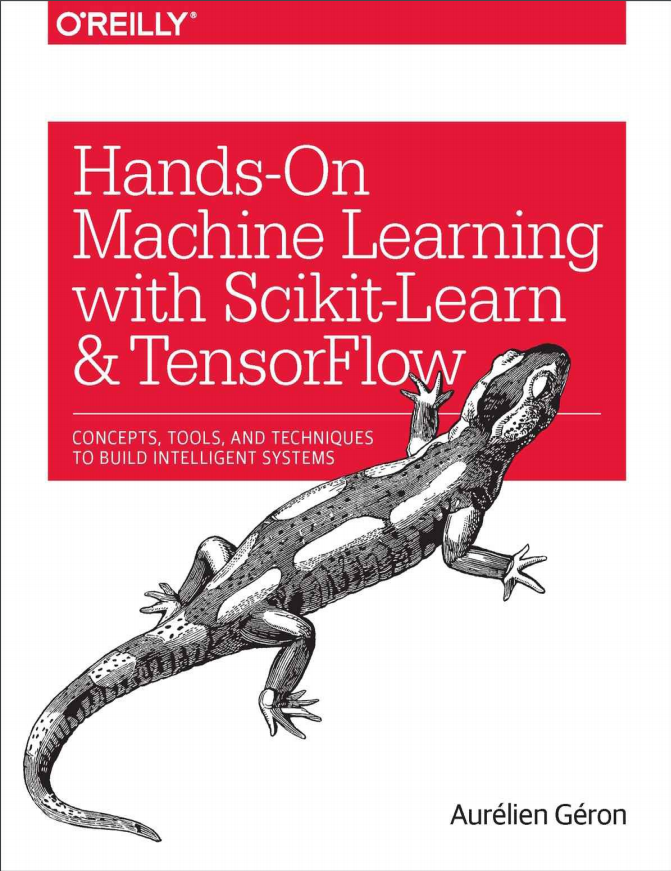
通过一系列最近的突破,深度学习推动了机器学习的整个领域。 现在,即使对这种技术一无所知的程序员也可以使用简单、高效的工具来实现能够从数据中学习的程序。 这本书教你怎么做。
通过使用具体的例子、最小理论和两个现成的python框架--Scikit--学习和TensorFlow--作者Are lien géron--可以帮助您直观地理解构建智能系统的概念和工具。您将学习一系列技术,从简单的线性回归开始,发展到深层神经网络。每一章都有练习帮助您应用所学到的知识,您所需要的只是编程经验才能开始。
探索机器学习的前景,特别是神经网络使用Scikit学习跟踪一个实例机器学习项目端到端探索几种训练模型,包括支持向量机决策树随机森林和集成方法使用TensorFlow库构建和训练神经网络深入到神经网络体系结构中,包括卷积网、递归网络和深度强化学习技术,用于训练和扩展深层神经网络的学习技术应用实用代码示例。获取过多的机器学习理论或算法细节
目录
Chapter 1: The Machine Learning Landscape
Chapter 2: End-to-End Machine Learning Project
Chapter 3: Classification
Chapter 4: Training Linear Models
Chapter 5: Support Vector Machines
Chapter 6: Decision Trees
Chapter 7: Ensemble Learning and Random Forests
Chapter 8: Dimensionality Reduction
Chapter 9: Up and Running with TensorFlow
Chapter 10: Introduction to Artificial Neural Networks
Chapter 11: Training Deep Neural Nets
Chapter 12: Distributing TensorFlow Across Devices and Servers
Chapter 13: Convolutional Neural Networks
Chapter 14: Recurrent Neural Networks
Chapter 15: Autoencoders
Chapter 16: Reinforcement Learning
免积分下载地址:OReilly Hands-On Machine Learning with Scikit-Learn and TensorFlow.pdf
更多免积分电子书,请访问:IE布克斯网





















 337
337

 被折叠的 条评论
为什么被折叠?
被折叠的 条评论
为什么被折叠?








